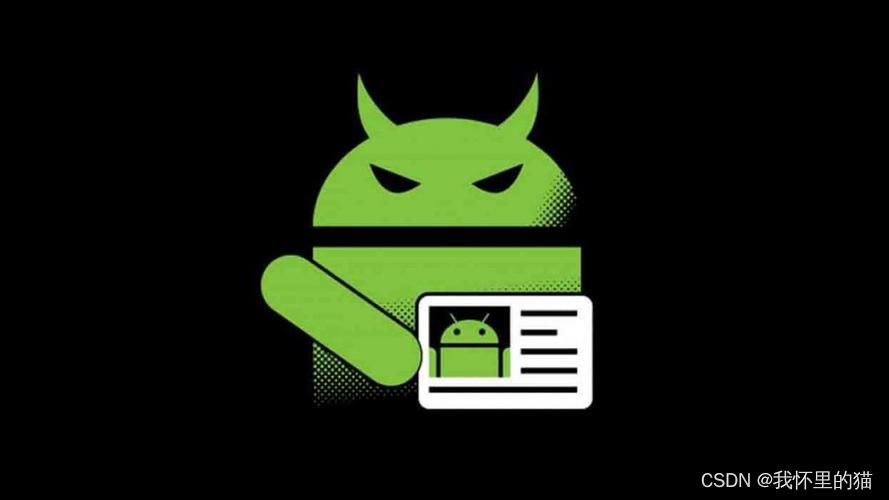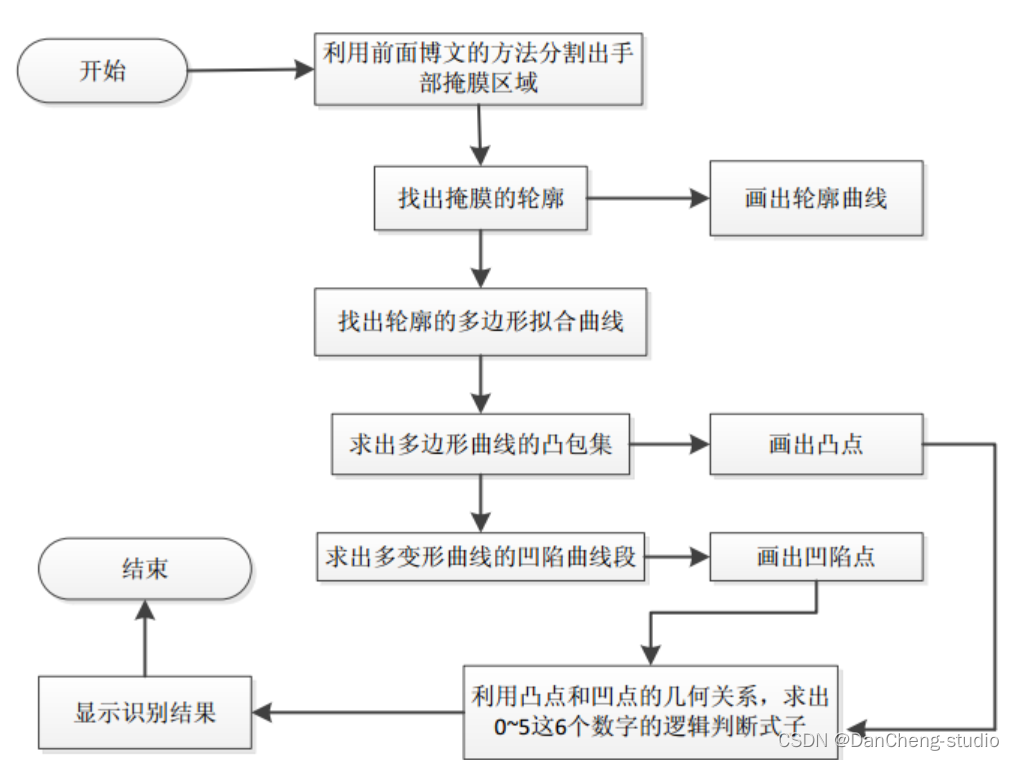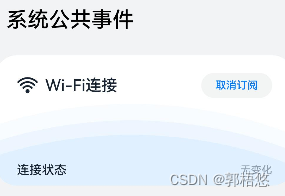
前言
在写自定义view的时候,涉及到了手势监听这块的知识,补充下知识营养
一、GestureDetector是什么?
GestureDetector是一个手势监听类,用于监听和处理用户的手势操作。它提供了一些回调方法,可以在用户执行手势时被调用,从而实现手势识别和响应。
GestureDetector类的主要功能包括:
- 检测手势事件:GestureDetector可以监听和处理手势事件,如轻触、滑动、缩放等。当用户执行手势时,GestureDetector会触发相应的回调方法。
- 识别简单手势:GestureDetector可以识别一些简单的手势,如单击、双击、长按等。开发者可以通过GestureDetector的回调方法来处理这些手势事件。
- 自定义手势识别:GestureDetector还提供了自定义手势识别的功能。开发者可以通过实现GestureDetector的回调方法来自定义手势的识别逻辑,从而处理更复杂的手势操作。
使用GestureDetector类,开发者可以方便地实现手势识别和响应,增强应用程序的用户体验。GestureDetector的回调方法通常包括onTouchEvent()、onDown()、onSingleTapUp()、onDoubleTap()等,开发者可以根据需要实现这些方法来处理不同的手势事件。
二、Listener源码解析
1.OnGestureListener

代码如下:
public interface OnGestureListener {
/**
* Notified when a tap occurs with the down {@link MotionEvent}
* that triggered it. This will be triggered immediately for
* every down event. All other events should be preceded by this.
*
* @param e The down motion event.
*/
boolean onDown(MotionEvent e);
/**
* The user has performed a down {@link MotionEvent} and not performed
* a move or up yet. This event is commonly used to provide visual
* feedback to the user to let them know that their action has been
* recognized i.e. highlight an element.
*
* @param e The down motion event
*/
void onShowPress(MotionEvent e);
/**
* Notified when a tap occurs with the up {@link MotionEvent}
* that triggered it.
*
* @param e The up motion event that completed the first tap
* @return true if the event is consumed, else false
*/
boolean onSingleTapUp(MotionEvent e);
/**
* Notified when a scroll occurs with the initial on down {@link MotionEvent} and the
* current move {@link MotionEvent}. The distance in x and y is also supplied for
* convenience.
*
* @param e1 The first down motion event that started the scrolling.
* @param e2 The move motion event that triggered the current onScroll.
* @param distanceX The distance along the X axis that has been scrolled since the last
* call to onScroll. This is NOT the distance between {@code e1}
* and {@code e2}.
* @param distanceY The distance along the Y axis that has been scrolled since the last
* call to onScroll. This is NOT the distance between {@code e1}
* and {@code e2}.
* @return true if the event is consumed, else false
*/
boolean onScroll(MotionEvent e1, MotionEvent e2, float distanceX, float distanceY);
/**
* Notified when a long press occurs with the initial on down {@link MotionEvent}
* that trigged it.
*
* @param e The initial on down motion event that started the longpress.
*/
void onLongPress(MotionEvent e);
/**
* Notified of a fling event when it occurs with the initial on down {@link MotionEvent}
* and the matching up {@link MotionEvent}. The calculated velocity is supplied along
* the x and y axis in pixels per second.
*
* @param e1 The first down motion event that started the fling.
* @param e2 The move motion event that triggered the current onFling.
* @param velocityX The velocity of this fling measured in pixels per second
* along the x axis.
* @param velocityY The velocity of this fling measured in pixels per second
* along the y axis.
* @return true if the event is consumed, else false
*/
boolean onFling(MotionEvent e1, MotionEvent e2, float velocityX, float velocityY);
}
每个方法的解释:
-
boolean onDown(MotionEvent e); -
void onShowPress(MotionEvent e); -
boolean onSingleTapUp(MotionEvent e); -
boolean onScroll(MotionEvent e1, MotionEvent e2, float distanceX, float distanceY); -
void onLongPress(MotionEvent e);- 当用户长时间按住屏幕而不移动或抬起时,该方法会被触发。这通常用于实现长按手势的功能,例如显示上下文菜单。
- 参数
e是触发该事件的MotionEvent对象。
-
boolean onFling(MotionEvent e1, MotionEvent e2, float velocityX, float velocityY);
这些方法进一步完善了OnGestureListener接口,使其能够处理更多的手势事件。实现这个接口的类可以提供这些方法的具体实现,以定义如何响应这些手势事件。这样,当用户在应用中执行相应的手势时,应用就能够根据这些方法的实现来做出相应的反应。
2.OnDoubleTapListener

代码如下:
public interface OnDoubleTapListener {
/**
* Notified when a single-tap occurs.
* <p>
* Unlike {@link OnGestureListener#onSingleTapUp(MotionEvent)}, this
* will only be called after the detector is confident that the user's
* first tap is not followed by a second tap leading to a double-tap
* gesture.
*
* @param e The down motion event of the single-tap.
* @return true if the event is consumed, else false
*/
boolean onSingleTapConfirmed(MotionEvent e);
/**
* Notified when a double-tap occurs. Triggered on the down event of second tap.
*
* @param e The down motion event of the first tap of the double-tap.
* @return true if the event is consumed, else false
*/
boolean onDoubleTap(MotionEvent e);
/**
* Notified when an event within a double-tap gesture occurs, including
* the down, move, and up events.
*
* @param e The motion event that occurred during the double-tap gesture.
* @return true if the event is consumed, else false
*/
boolean onDoubleTapEvent(MotionEvent e);
}
每个方法的解释:
-
boolean onSingleTapConfirmed(MotionEvent e); -
boolean onDoubleTap(MotionEvent e);- 当用户双击屏幕时,该方法会被触发。该方法在第二次点击的
MotionEvent事件的“down”阶段触发。 - 参数
e是用户第一次点击的MotionEvent对象。 - 返回一个布尔值,表示事件是否被消费。
- 当用户双击屏幕时,该方法会被触发。该方法在第二次点击的
-
boolean onDoubleTapEvent(MotionEvent e);- 当在双击手势中发生事件时,该方法会被触发,包括“down”(按下)、“move”(移动)和“up”(抬起)事件。
- 参数
e是在双击手势期间发生的MotionEvent对象。 - 返回一个布尔值,表示事件是否被消费。
这个接口允许实现者(通常是一个类)定义如何处理这些特定的双击事件。当这些事件发生时,相应的方法会被调用,从而实现对手势的监听和处理。这样,当用户在应用中执行双击手势时,应用就能够根据这些方法的实现来做出相应的反应。
3.OnContextClickListener

代码如下:
public interface OnContextClickListener {
/**
* Notified when a context click occurs.
*
* @param e The motion event that occurred during the context click.
* @return true if the event is consumed, else false
*/
boolean onContextClick(MotionEvent e);
}
onContextClick方法接受一个MotionEvent对象作为参数,该对象包含有关点击事件的信息,例如点击的位置、时间戳等。返回值是一个布尔值,如果该方法处理了点击事件,则返回true,否则返回false。
这个接口可以用于实现自定义的上下文点击行为,例如在用户点击一个控件时显示一个上下文菜单。通过实现这个接口并重写onContextClick方法,你可以定义自己的上下文点击处理逻辑。
4.SimpleOnGestureListener

代码如下:
public static class SimpleOnGestureListener implements OnGestureListener, OnDoubleTapListener,
OnContextClickListener {
public boolean onSingleTapUp(MotionEvent e) {
return false;
}
public void onLongPress(MotionEvent e) {
}
public boolean onScroll(MotionEvent e1, MotionEvent e2,
float distanceX, float distanceY) {
return false;
}
public boolean onFling(MotionEvent e1, MotionEvent e2, float velocityX,
float velocityY) {
return false;
}
public void onShowPress(MotionEvent e) {
}
public boolean onDown(MotionEvent e) {
return false;
}
public boolean onDoubleTap(MotionEvent e) {
return false;
}
public boolean onDoubleTapEvent(MotionEvent e) {
return false;
}
public boolean onSingleTapConfirmed(MotionEvent e) {
return false;
}
public boolean onContextClick(MotionEvent e) {
return false;
}
}
这段代码是一个简单的Android手势监听器的实现。它定义了一个名为SimpleOnGestureListener的内部类,该类实现了OnGestureListener、OnDoubleTapListener和OnContextClickListener接口。以下是每个方法的功能和解释:
onSingleTapUp(MotionEvent e): 当用户点击屏幕并且手指松开时,该方法会被调用。它返回一个布尔值,如果返回true,则表示事件已经被处理;如果返回false,则表示事件未被处理。在这个方法中,它只是简单地返回了false,所以默认情况下,这个事件未被处理。onLongPress(MotionEvent e): 当用户长按屏幕时,该方法会被调用。在这个方法中,没有实现任何功能,所以默认情况下,长按事件未被处理。onScroll(MotionEvent e1, MotionEvent e2, float distanceX, float distanceY): 当用户在屏幕上滚动时,该方法会被调用。它返回一个布尔值,如果返回true,则表示事件已经被处理;如果返回false,则表示事件未被处理。在这个方法中,它只是简单地返回了false,所以默认情况下,滚动事件未被处理。onFling(MotionEvent e1, MotionEvent e2, float velocityX, float velocityY): 当用户在屏幕上快速滑动时(例如翻页),该方法会被调用。它返回一个布尔值,如果返回true,则表示事件已经被处理;如果返回false,则表示事件未被处理。在这个方法中,它只是简单地返回了false,所以默认情况下,快速滑动事件未被处理。onShowPress(MotionEvent e): 当用户按下屏幕时,该方法会被调用。在这个方法中,没有实现任何功能,所以默认情况下,按下事件未被处理。onDown(MotionEvent e): 当用户在屏幕上按下并开始触摸事件时,该方法会被调用。它返回一个布尔值,如果返回true,则表示事件已经被处理;如果返回false,则表示事件未被处理。在这个方法中,它只是简单地返回了false,所以默认情况下,按下事件未被处理。onDoubleTap(MotionEvent e): 当用户双击屏幕时,该方法会被调用。它返回一个布尔值,如果返回true,则表示事件已经被处理;如果返回false,则表示事件未被处理。在这个方法中,它只是简单地返回了false,所以默认情况下,双击事件未被处理。onDoubleTapEvent(MotionEvent e): 当在双击手势中发生其他事件时,该方法会被调用。它返回一个布尔值,如果返回true,则表示事件已经被处理;如果返回false,则表示事件未被处理。在这个方法中,它只是简单地返回了false,所以默认情况下,双击事件未被处理。onSingleTapConfirmed(MotionEvent e): 当用户第一次点击屏幕并且该点击不导致双击或长按时,该方法会被调用。它返回一个布尔值,如果返回true,则表示事件已经被处理;如果返回false,则表示事件未被处理。在这个方法中,它只是简单地返回了false,所以默认情况下,这个事件未被处理。onContextClick(MotionEvent e): 当用户在屏幕上点击并且不进行任何其他手势(例如长按或双击)时,该方法会被调用。它返回一个布尔值,如果返回true,则表示事件已经被处理;如果返回false,则表示事件未被处理。在这个方法中,它只是简单地返回了false,所以默认情况下,这个事件未被处理。
以上就是这段代码的解释和每个方法的说明。如果你想根据实际需求修改这些方法的实现,只需要在这些方法内部添加相应的代码即可。
总结
本文介绍了Android手势监听类GestureDetector,包括其基本功能和回调方法OnGestureListener、OnDoubleTapListener、OnContextClickListener及其实现类SimpleOnGestureListener。通过实现这些回调方法,开发者可以监听和处理用户的手势操作,从而实现手势识别和响应。同时,本文也介绍了这些回调方法的具体功能和使用,帮助开发者更好地理解GestureDetector的使用方法。
原文地址:https://blog.csdn.net/shop_and_sleep/article/details/134651142
本文来自互联网用户投稿,该文观点仅代表作者本人,不代表本站立场。本站仅提供信息存储空间服务,不拥有所有权,不承担相关法律责任。
如若转载,请注明出处:http://www.7code.cn/show_814.html
如若内容造成侵权/违法违规/事实不符,请联系代码007邮箱:suwngjj01@126.com进行投诉反馈,一经查实,立即删除!







